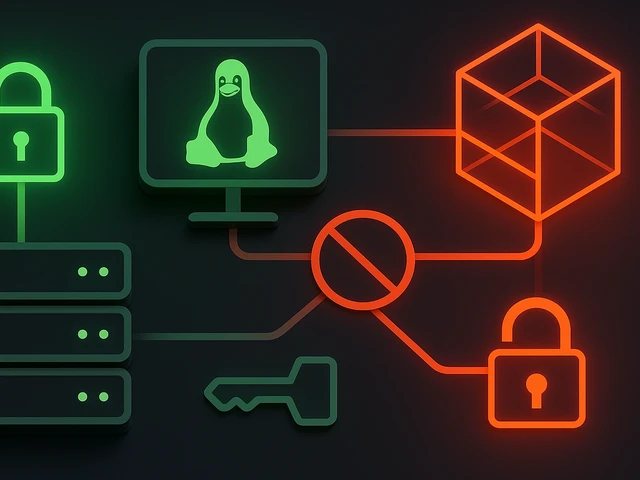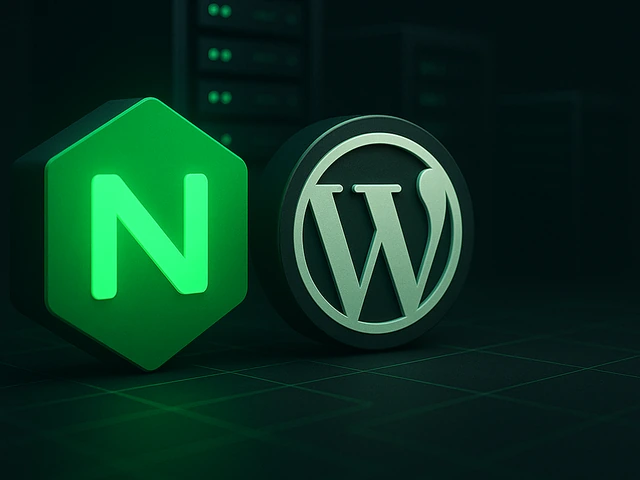
To an inexperienced user who, for one reason or another, had to rent a virtual or dedicated server for the first time, navigating and working in a Linux environ...
3v-Hosting Blog
10 min read
When it comes to web hosting management, cPanel is perhaps the world's most popular tool for simplifying the administration of servers and websites. Although cPanel was typically installed on CentOS, installing on Ubuntu 20.04 is also a viable option, offering users the familiar and user-friendly cPanel interface combined with the stability and versatility of the Ubuntu OS. In this short guide, we will go through all the steps step by step from preparing the server for installing the control panel to analyzing options for solving the most common problems associated with the installation and subsequent operation of cPanel.
First, let's remind you what cPanel is.
cPanel is a web-based control panel that makes it easy to manage your website and server through a user-friendly interface. This interface provides a wide range of different
tools for solving a variety of tasks: from domain management to email administration, file processing, database management, security settings and much more.
Previously, the most popular OS for installing cPanel was CentOS, as it was rightfully considered one of the most stable distributions, but several years ago, control panel developers began to focus on developing their product towards compatibility with other, newer distributions, which is designed to ensure maximum security and system reliability.
One of these distributions was Ubuntu 20.04, which is well known to a large number of users and is, apparently, one of the most popular OS at the moment, after Windows and iOS.
Make sure your server meets the minimum hardware specifications recommended by cPanel. Additionally, you must have a clean installation of Ubuntu 20.04 with root access and a stable internet connection.
Before proceeding, update your system to the latest packages and kernel to avoid compatibility issues during the installation process. To do this, log into the server via SSH and run the commands:
sudo apt update
sudo apt upgrade -y
Before you begin installation, run the following preparatory commands:
2.1.1 Set the Fully Qualified Domain Name (FQDN)
Replace yourdomain.com with your actual domain name.
sudo hostnamectl set-hostname yourdomain.com
2.1.2 Disable network manager
sudo systemctl stop NetworkManager
sudo systemctl disable NetworkManager
2.1.3 Hostname setting
Make sure the hostname is set correctly.
sudo nano /etc/hosts
Edit the file to include the IP address and FQDN of your server:
127.0.0.1 localhost yourdomain.com
Your_server IP address yourdomain.com
Save the file and exit.
2.1.4 Set the correct time zone
sudo timedatectl set-timezone Your_Timezone
Replace Your_Timezone with your time zone, for example America/New_York.
Proceed with the installation by downloading and executing the cPanel installation script:
2.2.1 Download the installation script
curl -o last -L https://securedownloads.cpanel.net/latest
2.2.2 Running the installation script
sh latest
Once the installation is complete, access the cPanel interface through a web browser using the server's IP address or domain name, for example:
http://yourdomain.com:2087
If you encounter firewall-related issues, change the firewall rules using the iptables or ufw commands:
3.1.1 In case of using UFW
sudo ufw allow 2082/tcp
sudo ufw allow 2083/tcp
sudo ufw allow 2086/tcp
sudo ufw allow 2087/tcp
sudo ufw reboot
3.1.2 If using IPTABLES:
iptables -A INPUT -p tcp --dport 2082 -j ACCEPT
iptables -A INPUT -p tcp --dport 2083 -j ACCEPT
iptables -A INPUT -p tcp --dport 2086 -j ACCEPT
iptables -A INPUT -p tcp --dport 2087 -j ACCEPT
Resolve dependency issues using package management commands:
3.2.1 Updating packages
sudo apt update
sudo apt update
3.2.2 Installing required packages
Make sure the required packages are installed:
sudo apt install -y curl nano
Troubleshoot permissions issues using the chmod and chown commands:
3.3.1 Setting permissions
sudo chmod -R 755 /usr/local/cpanel
sudo chmod 4755 /usr/local/cpanel/bin/checkperlmodules
3.3.2 Proper file ownership
sudo chown -R root: wheel /usr/local/cpanel
We hope that this short guide has simplified the process of installing cPanel on Ubuntu 20.04 for you and now you can easily manage your websites or hosting using a convenient and powerful control panel with an intuitive web interface.

A practical introduction to grep for Linux: how the command works, which flags you really need, common mistakes, and real-world scenarios for using grep in admi...

Learn how IP addresses work: IPv4 vs IPv6, public and private IPs, DNS resolution, routing, security basics, and how IPs are used in real server and cloud infra...

Accelerating WordPress at the Nginx level: correct PHP-FPM settings, try_files, static files, caching, Brotli, wp-login protection, and secure headers for stabl...